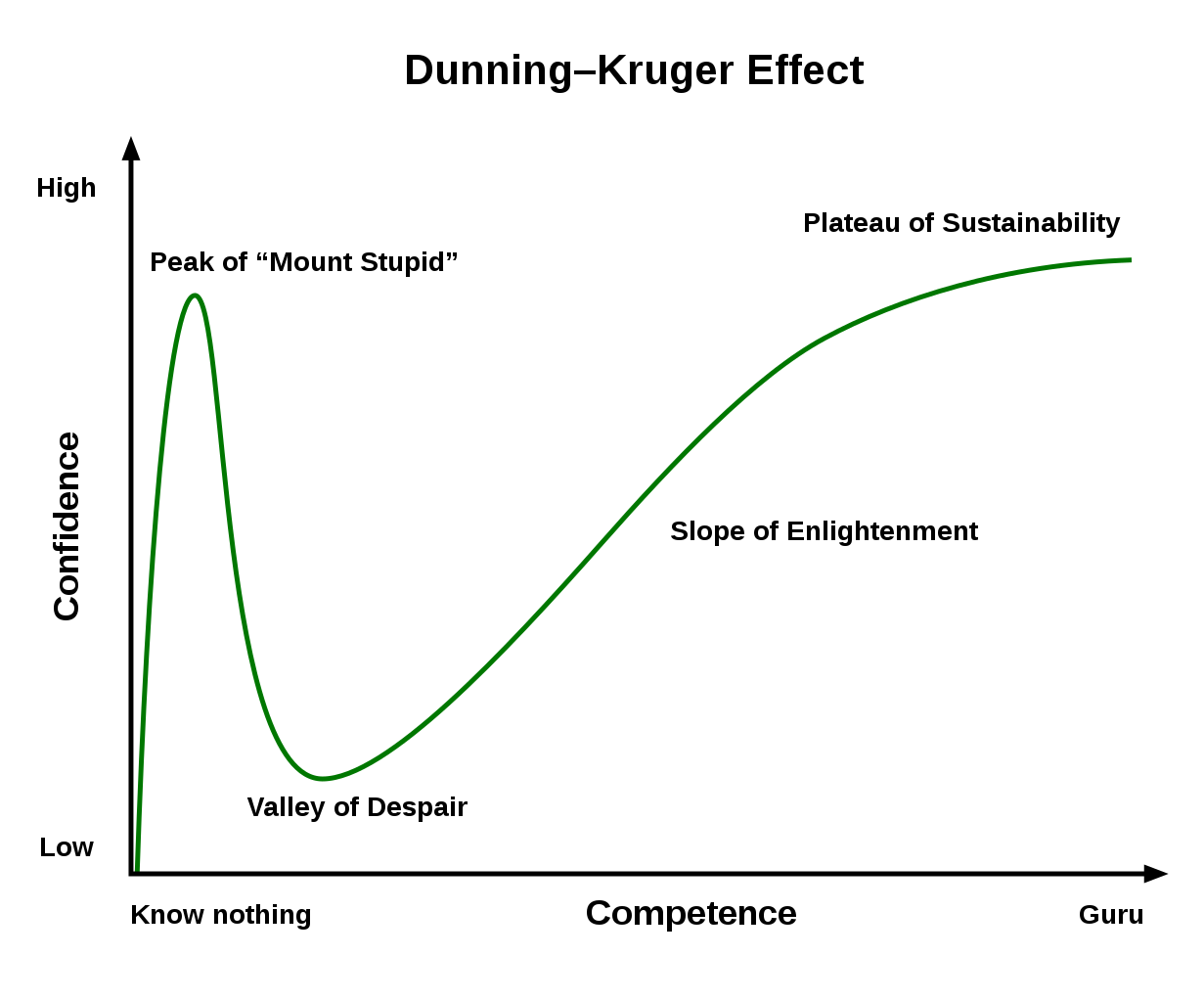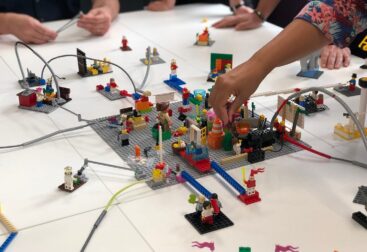The best way to learn anything is by using the Feynman Technique; learning by teaching!

We’ve all spent countless hours in lectures and courses hoping to learn something, only to find that we’ve retained nothing. Most of us were never taught how to learn effectively, so we default to using the inefficient methods at the top of the Learning Pyramid. True learning is not about cramming enough to pass your exams. It’s about understanding ideas and applying them in the real world.
The Covid-19 pandemic led to a boom in online learning on platforms such as Udemy. Unfortunately, this “learning” is more passive than ever. It leads to the illusion of knowledge, an illusion that can be quickly shattered when challenged.
Active learning requires more effort than passive learning, but the exertion is always worth it. According to the Learning Pyramid, the key to mastery is teaching others. The best framework for ‘learning by teaching’ is the Feynman Technique; A method pioneered by one of history’s greatest scientists and teachers.
Why You Should Teach
“No one learns as much about a subject as one who is forced to teach it.” ― Peter Drucker
Teaching forces you out of passivity and into activity. The process of preparing a lesson, article or explanation makes you continually ask: does this make sense to me? You end up diving much deeper into the topic because you can anticipate the questions your students may ask.
By attempting to explain a concept in simple terms, you’ll identify your strengths and weaknesses clearly. Knowing these gives you a much better idea about where to spend your time when studying. Areas where you either get stuck or resort to using jargon are clear holes in your understanding.
One of the biggest advantages of teaching is the external feedback we receive. Passive learning, such as note-taking, makes it hard to tell whether we really understand something or we just think we do. Teaching provides a feedback loop for finding what we don’t know.
The internet gives us more ways than ever to share what we know. You can create a blog, a youtube channel or even share your expertise more specifically by answering questions on websites like Quora. Start documenting what you know, because there is no downside. At best, you produce something that creates an impact well beyond you. You build relationships with others and help them succeed. At worst, you become a better writer/YouTuber/content creator and develop a much deeper knowledge of your subject.
The Feynman Technique

“If you can’t explain something in simple terms, you don’t understand it” — Prof. Richard Feynman
Richard Feynman was a Nobel Prize-winning physicist and a pioneer in the field of quantum electrodynamics. He was known as the “Great Explainer”. One of the ideas which made him so successful was that if you can’t explain something in simple terms, you don’t truly understand it. The Feynman Technique is based on Feynman’s approach to physics. There are four steps:
1) Choose a topic
Pick a specific concept you’ve recently studied or something you’re curious about. Try not to pick something too broad, something that can be explained in 5 minutes is specific enough. On a blank sheet of paper, write out everything you know as plainly as possible.
2) Explain it to a child
Explain the concept to a child or someone who has no knowledge of the idea. Don’t just define the idea; knowing about something is very different to knowing something. Use examples and analogies.
3) Identify Knowledge Gaps
Feedback from your students will help you identify gaps in your knowledge. A gap is anywhere you missed something important or weren’t aren’t able to explain something clearly. Filling those gaps is what makes learning stick. Go back to the source material or try using different resources to understand the topic from different angles.
3) Refine and Repeat
Finally, rewrite your explanation and explain it once again. You may find that your explanation would have been better with a different structure, terminology or example. You can repeat this approach as many times as it takes for you to develop your understanding of your chosen topic. The Feynman Technique is an iterative approach; Teaching a topic and repeatedly filling knowledge gaps makes it much more likely for the knowledge to stay in your long-term memory.
Why We Don’t Teach — The Dunning-Kruger Effect
“Elementary, my dear Watson” — Sherlock Holmes (misattributed)
The Dunning-Kruger effect occurs when a person’s lack of knowledge and skills in an area causes them to overestimate their competence. In essence, they don’t know what they don’t know, so they think they know everything. Paradoxically, this effect causes competent people to underestimate their abilities, thinking that something simple to them is simple for everyone.

Many of us sit in the middle of this curve near the Valley of Despair, we are more competent than we believe ourselves to be. This often manifests itself as Imposter Syndrome. We mistakenly think that what we know is not worth sharing. This mindset robs us of improving our own craft and also of helping others improve theirs.
Conclusion
The best way to get better at anything is by teaching it, the Feynman technique is the best method for ‘learning by teaching’. It forces you to develop a deep understanding of whatever you want to learn and helps you unlock your full potential.



